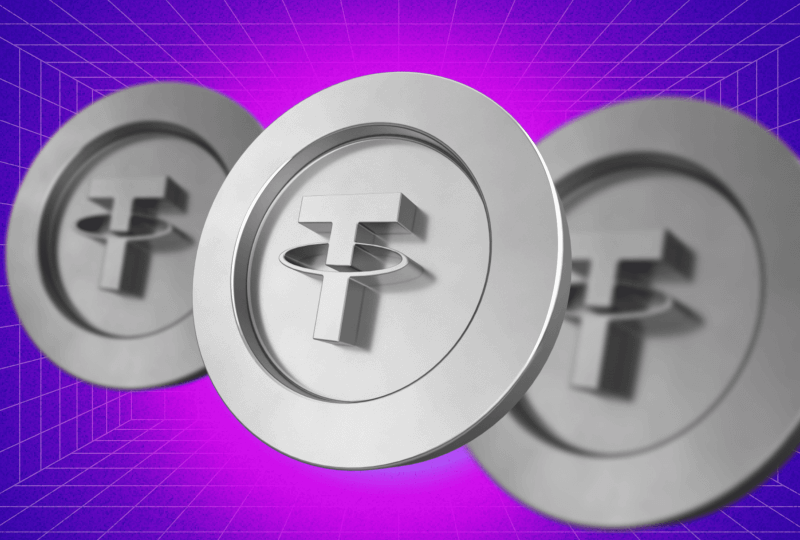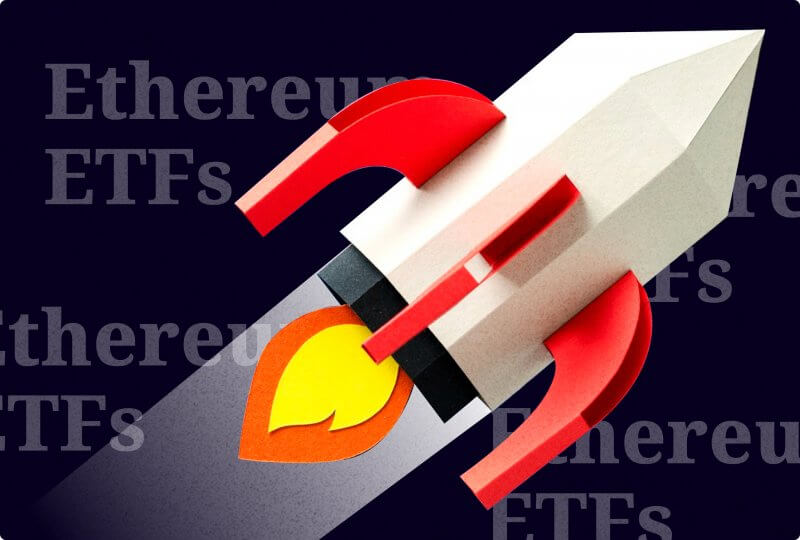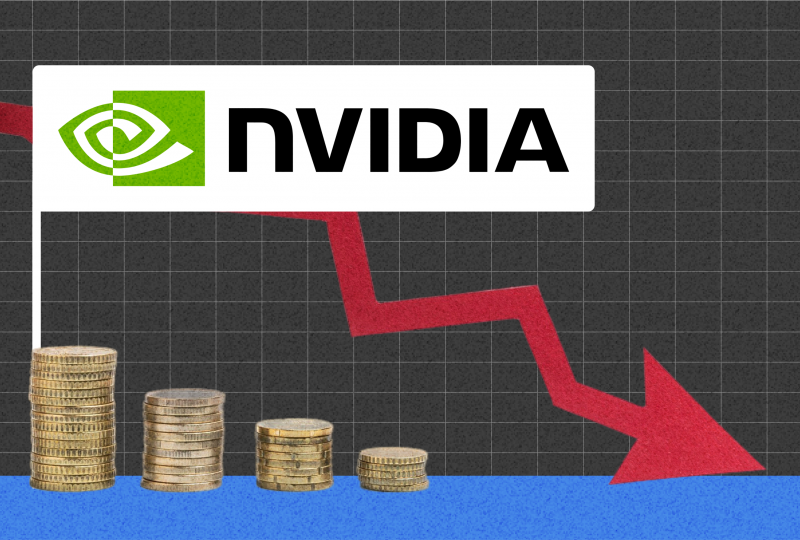Tether Launched a New Gold-Backed Stablecoin – What is aUSDT?
June 18, 2024

The crypto world is arguably experiencing one of its best periods, with tremendous coin growth, new blockchain advancements, and unprecedented innovations.
Tether, one of the leading crypto ecosystem developers and the company behind the most robust stablecoin network, USDT, has introduced a new gold-backed stablecoin, aUSDT. The new “synthetic dollar” will be fixed to the USD and mintable on the Alloy platform.
This technology is expected to improve connections between centralized and decentralized economies, offering real-life use cases and trading opportunities using DeFi currencies. Let’s explain what Tether’s new aUSDT is all about and how it works.
Introducing Tether’s New Stablecoin
Tether had a great start to the year, reporting a record $4.5 billion in profits for the first quarter of 2024, much of which is derived from gold and the massive growth of Bitcoin.
On June 17th, the company announced a new stablecoin backed by gold, aUSDT, which will be pegged to the USD and backed by Tether’s gold asset, XAUt. This way, Alloy will act like a standard US Dollar while being backed by decentralized gold-like currencies, creating a synthetic dollar.
Alloy (aUSDT) will be minted on the Ethereum blockchain, utilizing the network’s smart contract capabilities that power interoperability and security.
Paolo Ardoino, Tether’s CEO, said that the new aUSDT was created by Moon Gold and Moon Gold El Salvador, the company’s subsidiaries regulated under El Salvador’s National Commission of Digital Assets (CNAD). The CEO stated that the new coin will be part of a tokenization platform that offers multi-asset minting on the Alloy platform in the future.
How Tether’s Gold-Backed Stablecoin Works?
Tether’s new stablecoin will be over-collateralised by XAUt, Tether’s gold currency, which enables users to own real-life gold that is physically stored and managed in Switzerland.
Over-collateralizing means that the gold-backed crypto has enough buffer to absorb market fluctuations without losing its peg or deviating massively from the 1:1 USD pegging mechanism. Users can mint the aUSDT by depositing xAUT, which is facilitated by blockchain oracles and smart contracts.
Tether’s Alloy Use Cases
Crypto analysts commented on this introduction as the first top-notch synthetic dollar creation. Despite the many attempts to create a DeFi-based currency mimicking the USD, this is the first venture by a sophisticated decentralized ecosystem like Tether.
The creation of aUSDT aims to facilitate a more structured stablecoin system that can be compared to the fiat dollar. Businesses, brokerage firms, online gambling sites, and e-commerce can utilize aUSDT’s capabilities to streamline their payments.
Moreover, the xAUT’s role as gold collateral can potentially stimulate investment in gold commodities, whether in traditional financial markets or as decentralized tokens.
Conclusion
Tether introduces aUSDT, a gold-backed stablecoin pegged to the USD in an unconventional way. The Alloy token can be minted on the Ethereum network, utilising its smart contracts and technologies to instil interoperability and safety.
This introduction is expected to offer a more structured infrastructure for online businesses and organizations willing to transact in pegged cryptocurrencies that use Tether’s established ecosystem.




